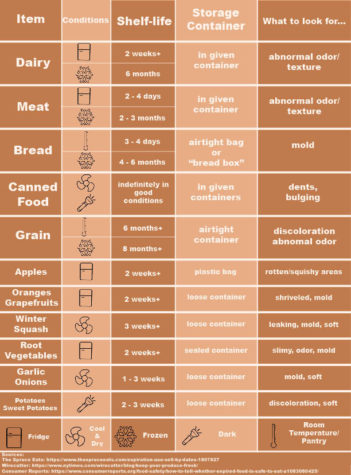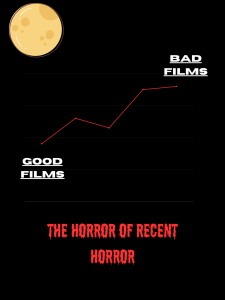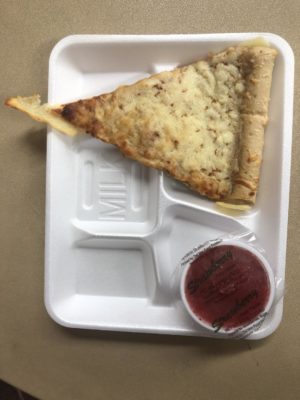A beginner’s guide to grocery storage
November 21, 2022
When bringing home new groceries, the biggest problem usually faced is how will you keep your produce on the shelf longer.
For most people, the best-by date or expiration date helps to give you a good guess– if you can read it.
Best-by dates serve to tell you how long the item will remain in its prime. Past the best-by dates, manufacturers are telling you that it’s no longer guaranteed that the item will be the tastiest or the best– it doesn’t mean the food is no longer edible.
However, on items like dairy and meats, they are marked with expiration dates. An expiration date tells you how far into the future said item will remain edible. But it’s always important to trust your nose and eyes as much as expiration dates. They’re meant to give you an idea; they are not definite.
So then what do you do after you’ve read the best-by date?
Properly storing food can extend its shelf life weeks or even months. Below is a chart for common household items and their accompanying prime storage conditions, shelf life, and what to look for when they go bad.







